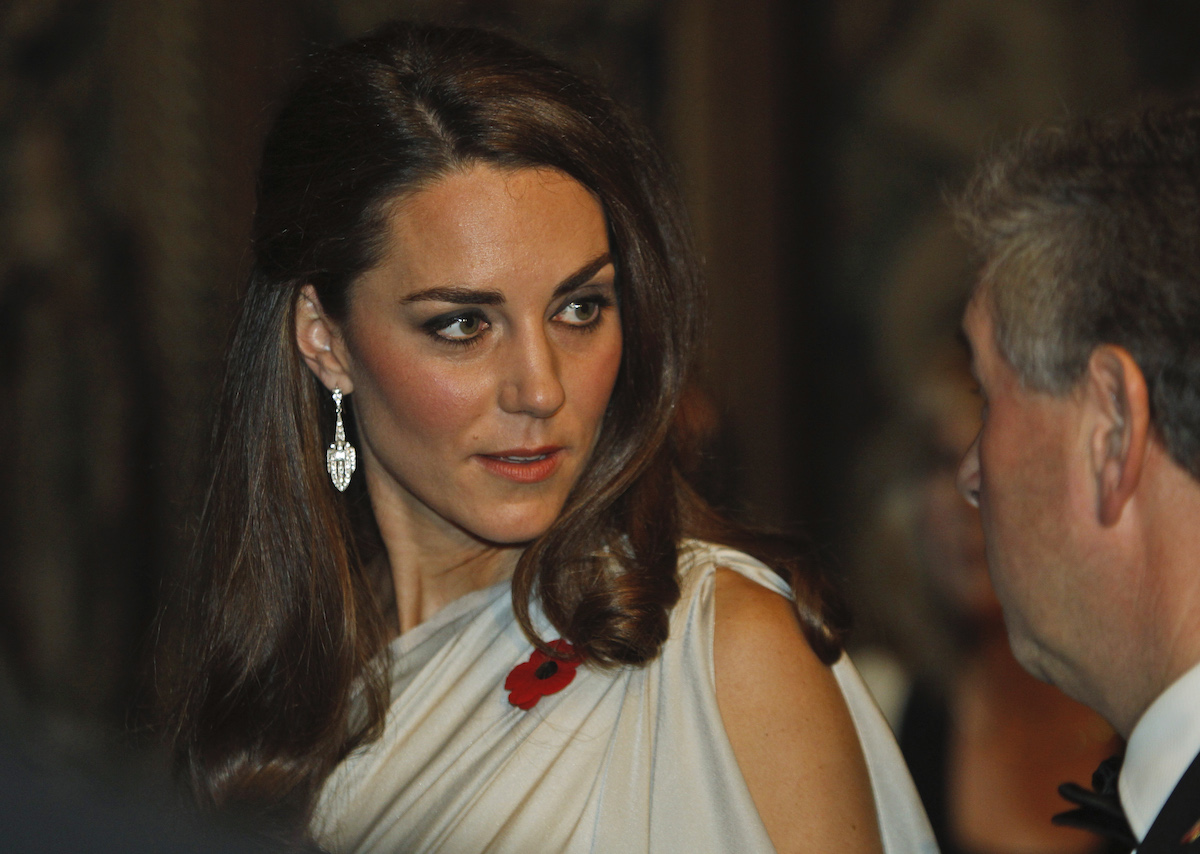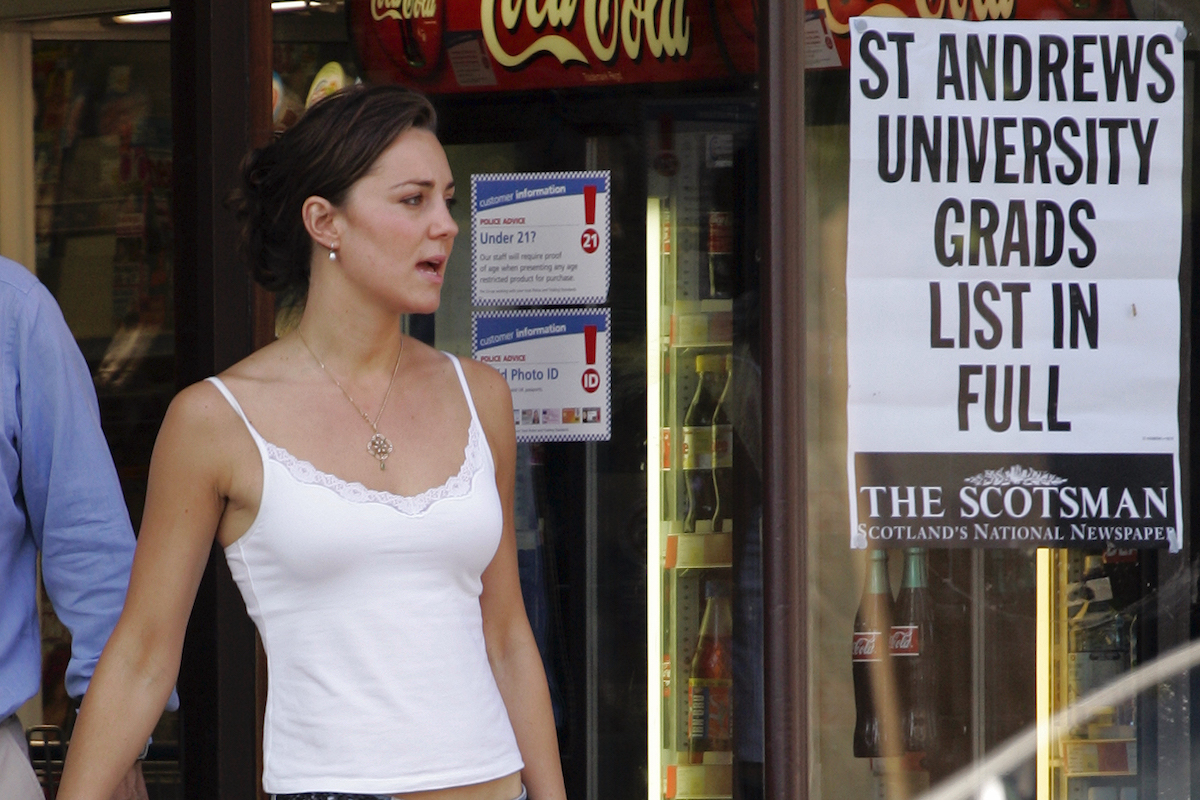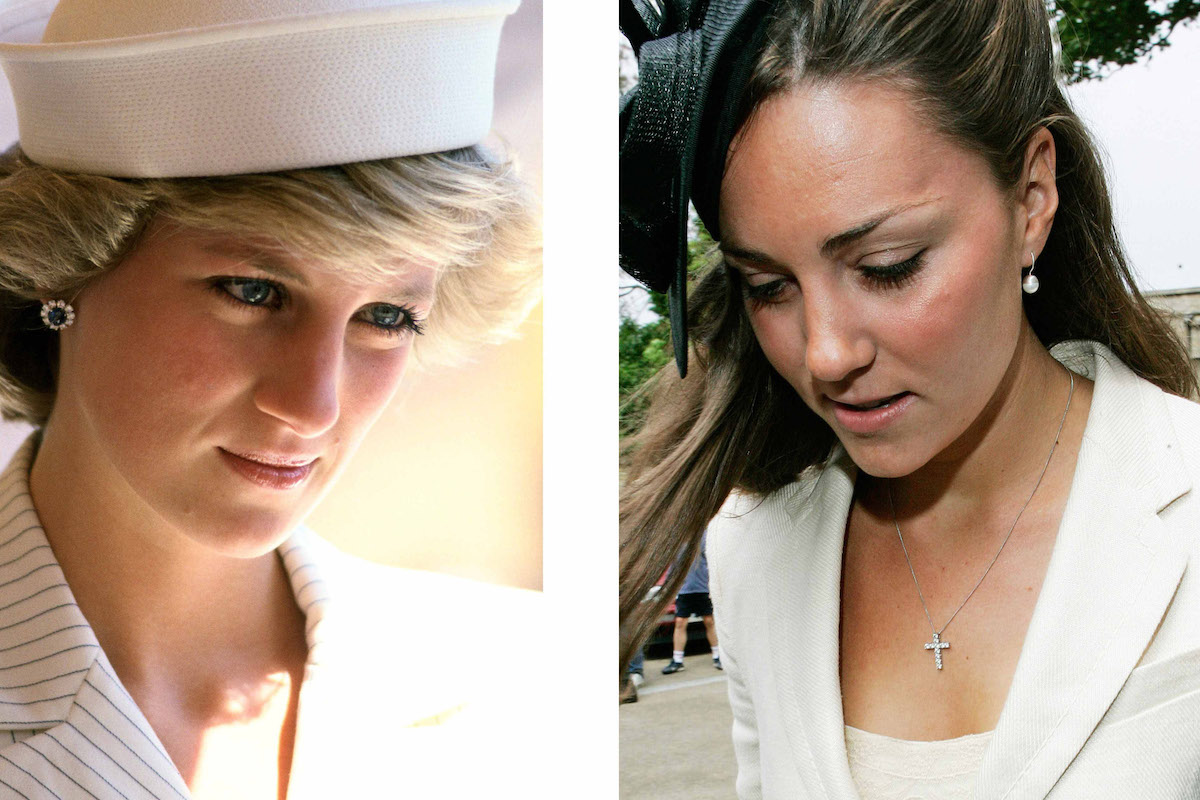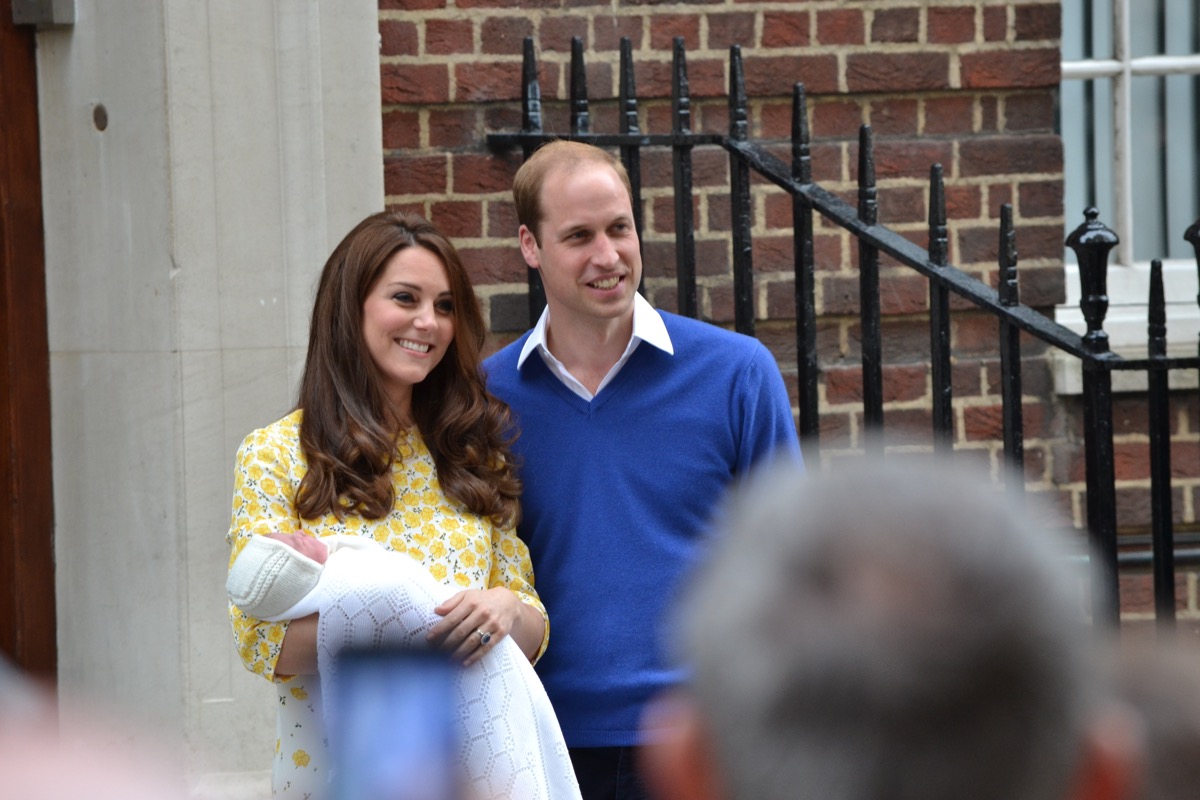“Because Catherine made a near-seamless entry into the Royal Family, people assume she faced no difficulties. But during the early years, particularly before the royal couple announced their engagement, the duchess faced hurtful and invasive coverage by the media but never publicly spoke about it,” a royal insider told Best Life. However, Kate and Prince William very much believe the royals’ ethos of “never complain, never explain.” Read on to hear what they endured at the hands of the media and how they handled it, and for the latest royals news, check out Why Meghan Won’t Make the Same Mistakes as Princess Diana in Her Tell-All. It seems inconceivable now, but before she married William, the then-Kate Middleton faced a barrage of negative tabloid coverage on everything from her suitability as a royal bride (the Middletons were deemed too “middle class”) to her decision to date William for many years seemingly with no engagement in sight (the press dubbed her “Waity Katy”). After the wedding, when Queen Elizabeth gave the couple her permission to take some time off from full-time senior royal duties to adjust to married life and again when the couple’s first child, Prince George, was born, she became a target again. The British press was merciless in their criticism of Kate with stories about “Duchess Dolittle,” who they believed was not carrying her weight as part of The Firm. And for more mean nicknames from this royal’s past, check out Prince William’s Friends Gave Kate and Pippa Middleton This Rude Nickname. Kate was staked out by the tabloids as soon as she and William graduated from St. Andrews in 2005. There had been an arrangement in place between the Palace and London’s Press Commission that William would be left alone during his college years as long as he did regularly scheduled photocalls. But Kate was under no such protection since she was not a member of the Royal Family. Her parents, Michael and Carole Middleton, had purchased a flat for her in London so she could be closer to William, but that made her an easy target for the paparazzi, which worried her parents. Kate was hounded by a large number of photographers who became permanent fixtures on the sidewalk outside of the Chelsea flat that she shared with her sister, Pippa Middleton. Often on mornings when she walked to work at Jigsaw, where she was an accessories buyer, Kate had to make her way through a maze of photographers who followed her on the street, calling out to her in hopes of getting a reaction. On her 25th birthday in Jan. 2007, with a rumored proposal looming, Kate was hounded by about 20 photographers and five camera crews as she tried to leave for work that day. Her car was reportedly blocked by the paparazzi and cameras were able to get close enough to be near inches from a tense and disappointed Kate. And for more on the ridicule Kate faced when she was young, check out Kate Middleton Was Bullied in School This Reason. It was shades of Princess Diana all over again. William recognized that the paparazzi images of Kate were stunningly similar to photos of his mother, then-Lady Diana Spencer, in 1980 when speculation about whether she would become engaged to Prince Charles had gone into overdrive. As a royal girlfriend, Kate was not entitled to official police protection. She would get it if and when she became a royal fiancée. But William did not propose as quickly as the media (and Kate) had hoped, leaving Kate in a vulnerable position. Seeing those photos of Kate on her 25th birthday had William, who has had a lifelong mistrust of the press, furious about what was happening and worried history was repeating itself. At that point, he decided to step in. And for more on Diana’s struggle and it compares to another duchess’, check out 3 Things Princess Diana and Meghan Markle Did to Change the Royals Forever. That same day, Jan. 9, 2007, William released a formal statement to the media insisting the press stop harassing his girlfriend, a move considered extraordinary at the time. In his letter, William wrote that the situation was “proving unbearable for all those concerned.” The royals had hoped the press would have been chastened after Diana’s death, but things had become so bad for Kate that William broke the royals’ code of silence to speak out about it. In the 2020 documentary William & Kate: Too Good to Be True, Professor Suzannah Lipscomb said that William was angered by similarities between the way his mother had been hounded by the paparazzi and the treatment Kate was then having to endure. “And we all know the outcome of that. So he stepped in to issue a statement saying that he wanted Catherine, more than anything else, to be left alone,” said Lipscomb. The scenes of Kate surrounded by photographers also resulted in legal warnings from Harbottle & Lewis, a firm that represented both Kate and the royals. The legal team kept the Press Complaints Commission informed of its correspondence with newspapers and magazines, but did not issue a formal complaint. Instead, the lawyers threatened legal action if the harassment of Kate continued. Several newspapers, realizing Kate could be a future Queen, promised to no longer publish paparazzi photos of her. However, in April 2007, photographers were there outside of Jigsaw’s London office the day William broke up with her over the phone. Her colleagues suggested she leave through a back door but Kate was resolute she’d walk out of the main entrance in hopes that the paparazzi would get the shot they wanted and then leave her alone. But that was clearly not the case. A scrum of photographers were at the end of the driveway at the Middletons’ home in Bucklebury to catch Kate, in jeans and sneakers, looking upset and tired as she unpacked her car and retreated to the comfort of her family home. And for more royals news sent right to your inbox, sign up for our daily newsletter.ae0fcc31ae342fd3a1346ebb1f342fcb While William and Kate’s issues with the tabloid media are largely a thing of the past, the prince has made it clear he will always be on guard to protect his family, which now also includes seven-year-old Prince George, five-year-old Princess Charlotte, and two-year-old Prince Louis. As a future king, he knows he has to strike a delicate balance with the media, giving them just enough access to keep the peace, but not intrude on his private life. The prince summed up his feelings about his desire to protect his children from press intrusions for as long as he can in a 2017 interview with GQ when he said, “The media make it harder, but I will fight for [the children] to have a normal life.” And for more on how he and Kate are doing just that, check out 8 Things Kate and William Have Done to Give Their Kids a “Normal Life.” Diane Clehane is a New York-based journalist and author of Imagining Diana and Diana: The Secrets of Her Style.




